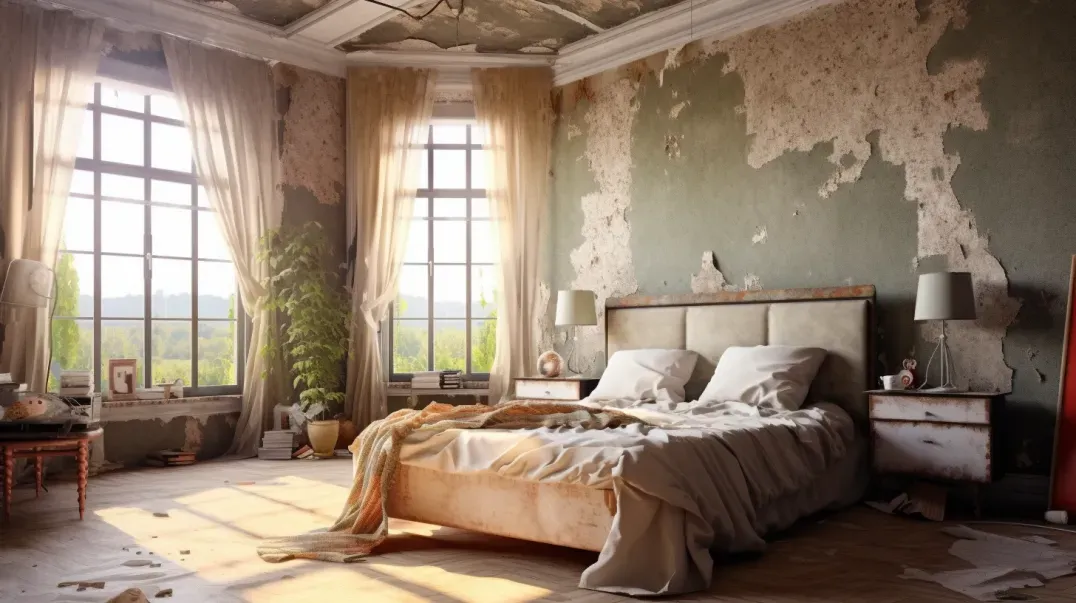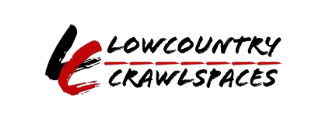Understanding the Importance of Crawl Space Pest Prevention
In the hidden corners of our buildings—be it our homes, schools, or workplaces—mold quietly thrives, often unnoticed until it becomes a significant problem. This blog seeks to uncover the silent but pervasive issue of mold growth in buildings, an issue that poses not just structural risks but also serious health concerns for inhabitants.
Mold, a form of fungus, can grow almost anywhere there is moisture and organic material. Its spores are ubiquitous in both indoor and outdoor environments, making it nearly impossible to eradicate completely. When conditions are right, particularly in damp, poorly ventilated areas, mold can flourish, breaking down materials and releasing spores into the air we breathe. This can lead to a variety of health issues ranging from mild allergic reactions to severe respiratory conditions, particularly in individuals with compromised immune systems or existing respiratory problems.
Understanding mold is not just about recognizing its risks but also about fostering an informed dialogue about prevention and remediation. This blog will explore the conditions that encourage mold growth, the health risks associated with prolonged exposure, and the steps that can be taken to mitigate this hidden threat. By bringing these discussions into the open, much like the guided annotation of texts in academic settings encourages a deeper engagement with material, we aim to make the invisible visible and the unnoticed hard to ignore. Join us as we delve into the complexities of mold in our built environments, drawing connections that help clarify its dangers while providing actionable insights on creating safer, healthier indoor spaces.
Understanding Mold in Homes and Buildings
What is Mold?
Mold is more than just an unsightly spot on your walls; it's a living organism that belongs to the kingdom of fungi. It can be found almost everywhere in our environment but becomes a concern when it decides to take root in our homes and buildings. There are numerous types of mold, but some of the most common ones found indoors include Aspergillus, Cladosporium, and Stachybotrys chartarum—often referred to as black mold.
Mold thrives under specific conditions, primarily where there is plenty of moisture and organic material to feed on. This can be anywhere from a leaky roof or windows to damp basements or even in the bathroom where steam accumulates. It reproduces by releasing spores that travel through the air, which is an efficient but concerning method of propagation, especially indoors where they can be easily inhaled.
Health and Structural Risks Posed by Mold
The presence of mold can lead to various health issues, especially for those with pre-existing conditions such as asthma or other respiratory ailments. Exposure to mold spores has been commonly linked to allergies, with symptoms ranging from sneezing, runny nose, red eyes, and skin rash. More severe reactions may include chronic respiratory infections and conditions, which can significantly affect one's quality of life.
Beyond the health implications, mold poses a serious risk to the structural integrity of buildings. It feeds on organic materials like wood and drywall, gradually breaking them down. Over time, this can compromise the strength and safety of the structural elements of a building, leading to costly repairs and potentially dangerous situations.
The Basics of Mold Remediation
Definition of Mold Remediation
Mold remediation is a comprehensive process aimed at solving mold problems effectively rather than merely removing visible mold. This approach not only addresses the immediate presence of mold but also tackles the underlying moisture issues that enable mold growth, ensuring a long-term solution. Unlike simple mold removal, which is often a superficial, temporary fix, remediation involves a series of steps designed to identify the source, contain the spread, remove the mold safely, clean and treat the affected areas, and finally, take measures to prevent future mold occurrence.
Steps Involved in the Remediation Process
The mold remediation process involves several critical steps, each designed to ensure a thorough resolution of mold issues:
- Assessment: The first step involves a detailed inspection of the property to identify signs of mold growth and the underlying moisture sources causing it.
- Containment: This step prevents mold from spreading during cleanup. It involves sealing off the affected area from the rest of the property.
- Filtration: Using air scrubbers and HEPA filters helps capture mold spores out of the air, ensuring that the air quality is maintained.
- Removal: All mold-infested materials are removed or treated according to the level of contamination.
- Cleaning: Surfaces and belongings are cleaned and disinfected to remove any residual mold spores. This may include applying antimicrobial treatments.
- Drying: It's crucial to dry out any damp areas to ensure that no residual moisture remains that could encourage future mold growth.
- Restoration: Finally, any materials that were removed or damaged (like drywall or flooring) are repaired or replaced.
Mold Assessment and Inspection
Before remediation can begin, a thorough mold assessment and inspection must take place. Professionals in this field use a combination of visual inspections and advanced tools to accurately identify mold growth and the moisture conditions that support it. Key areas and materials are examined, especially those that are prone to dampness and mold accumulation.
Tools and Technologies Used in Mold Inspection:
- Moisture Meters: These devices are crucial for measuring the moisture content in various building materials to help pinpoint areas susceptible to mold growth.
- Infrared Cameras: Thermal imaging helps detect cool, damp areas where mold is likely to be present without the need for invasive measures.
- Borescopes: This tool allows inspectors to access hard-to-reach areas and view spaces behind walls or above ceilings where mold may be hidden.
The Remediation Process
Containment and Air Filtration
During the mold remediation process, it's crucial to prevent mold spores from spreading to unaffected areas. Containment techniques involve the use of physical barriers, like plastic sheeting, and negative air pressure to isolate the affected area. This strategy keeps mold spores confined to areas where remediation work is being conducted, reducing the risk of widespread contamination.
Air filtration plays an essential role in maintaining indoor air quality during mold remediation. High-Efficiency Particulate Air (HEPA) filters are employed in air scrubbers and vacuums to capture even the smallest mold spores from the air. By filtering out these particulates, HEPA systems ensure that the air remains clean, preventing the inhalation of potentially harmful spores and aiding in the overall safety and effectiveness of the remediation process.
Removing Mold-Infested Materials
The removal of materials infested with mold is a delicate operation that requires strict adherence to safety and environmental guidelines. Professionals are trained to handle and dispose of such materials properly to prevent further contamination. Infected materials like drywall, insulation, and carpeting are carefully removed and sealed in heavy-duty plastic bags before being safely disposed of, according to local regulations.
Safety measures are paramount during this process. Remediation teams wear protective gear, including gloves, goggles, and N95 respirators or better, to shield themselves from direct exposure to mold. This equipment, combined with the containment measures, ensures that mold spores do not spread during the removal process and that technicians are protected from potential health risks.
Cleaning and Disinfection
Once mold-infested materials are removed, the focus shifts to cleaning and disinfecting the remaining surfaces. This phase is critical to restore the affected area and prevent the recurrence of mold growth. Surfaces are thoroughly cleaned using HEPA vacuums to remove any residual spores followed by washing with water and detergent. Special attention is given to crevices and hidden areas where mold spores might linger.
The application of disinfectants and antifungal treatments is a standard procedure to ensure that any remaining mold is killed and to inhibit future growth. These treatments vary based on the severity of the mold issue and the types of surfaces being treated but often include solutions that penetrate porous surfaces to eradicate deeply rooted spores without causing damage to the materials.
Prevention and Control Measures
Moisture Control Strategies
Preventing mold starts with controlling moisture, the primary catalyst for mold growth. Essential steps to ensure effective moisture control include:
- Identifying and fixing leaks: Regularly check areas prone to moisture, such as roofs, pipes, and windows, to ensure they are intact and free of leaks. Repair any damages promptly to prevent water accumulation.
- Optimizing indoor humidity: The ideal indoor humidity level to hinder mold growth is between 30% and 50%. Use dehumidifiers and air conditioners to maintain these levels, especially during humid months or in naturally damp spaces like basements.
Implementing these moisture control strategies not only prevents the reoccurrence of mold but also contributes to a healthier living environment by mitigating factors that facilitate mold growth.
Regular Maintenance and Inspection
Ongoing inspections and maintenance are vital in the battle against mold. By keeping a vigilant eye on potential problem areas and addressing issues promptly, homeowners can prevent the conditions that lead to mold growth.
- What to look for: Homeowners should inspect their homes for any signs of water damage or condensation, especially in high-risk areas like the bathroom, kitchen, and laundry room. Visible signs of mold, musty odors, and any evidence of water leaks are immediate red flags.
- When to call a professional: While minor mold problems can sometimes be handled with DIY solutions, significant, or persistent issues should be evaluated by professionals. If the affected area is larger than ten square feet, or if you suspect hidden mold inside walls or under floors, it’s time to consult a mold remediation expert.
Regular maintenance and proactive inspections can significantly reduce the risk of mold taking hold, ensuring that your home remains a safe and healthy environment.
Why Professional Remediation is Necessary
Limitations of DIY Mold Removal
While DIY mold removal might seem like a quick and cost-effective solution, it often falls short in addressing the root causes and extent of mold issues. Risks associated with DIY mold removal include:
- Health hazards: Handling mold without proper protective gear can expose individuals to harmful spores, which can lead to respiratory issues and other health problems.
- Inadequate removal: Without the proper tools and techniques, DIY efforts might clean visible mold but fail to reach hidden mold growing behind walls, under floors, or in other hard-to-reach areas.
Scenarios requiring professional remediation typically involve:
- Large areas of mold: The Environmental Protection Agency (EPA) recommends professional remediation for mold covering more than ten square feet.
- Mold resulting from sewage or contaminated water: Such situations pose serious health risks and require specific expertise and safety measures that go beyond typical DIY methods.
Benefits of Hiring a Professional
Opting for professional mold remediation offers numerous advantages that ensure the problem is effectively and safely resolved:
- Effectiveness: Professionals use advanced techniques and equipment to detect all sources and instances of mold, ensuring that it is thoroughly removed.
- Safety: Remediation teams are trained in proper safety protocols to handle mold without risking their health or that of the household.
- Peace of mind: Knowing that the mold issue has been comprehensively addressed can relieve homeowners of the stress and worry associated with potential health risks and property damage.
Ensuring thorough eradication and prevention, professionals not only remove existing mold but also implement strategies to prevent its return. This includes addressing the moisture sources that contribute to mold growth, using antimicrobial treatments to resist new growth, and advising homeowners on maintaining optimal indoor environments to discourage mold development.
FAQs
Contact Lowcountry Crawlspaces Today!
Lowcountry Crawlspaces will do everything we can to ensure your experience with us is excellent.
Request A FREE Estimate
CHECKOUT RECENT POST
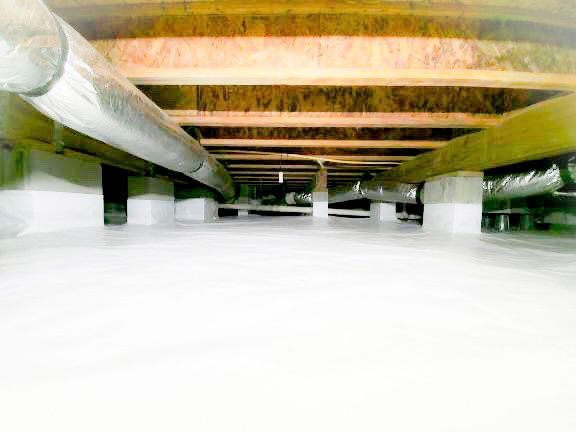
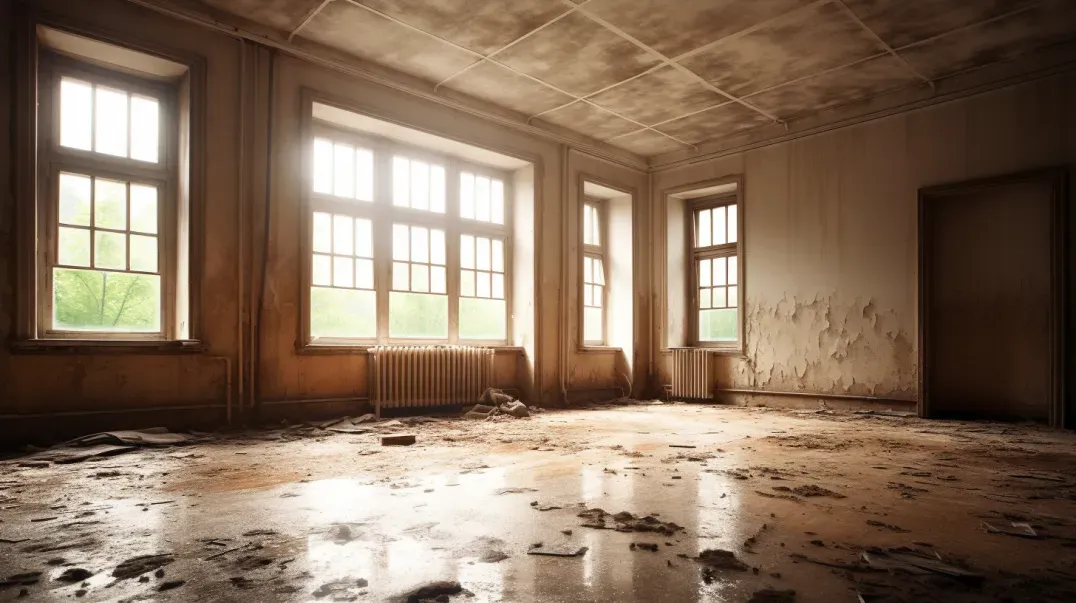
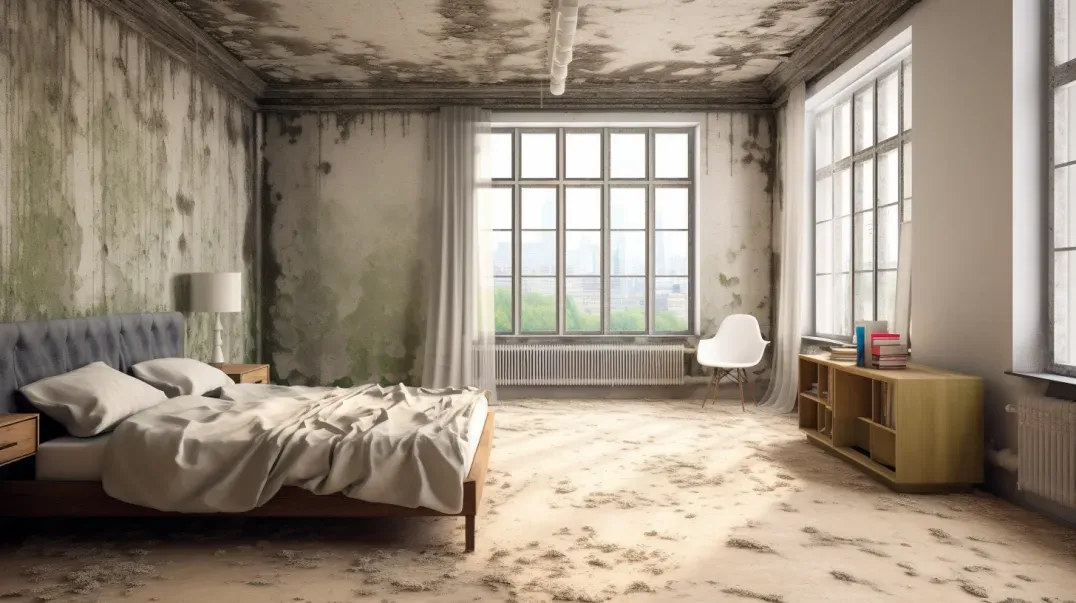
Schedule Your FREE Crawl Space Evaluation Today
There Is No Crawl Space Job We Can’t Fix!



